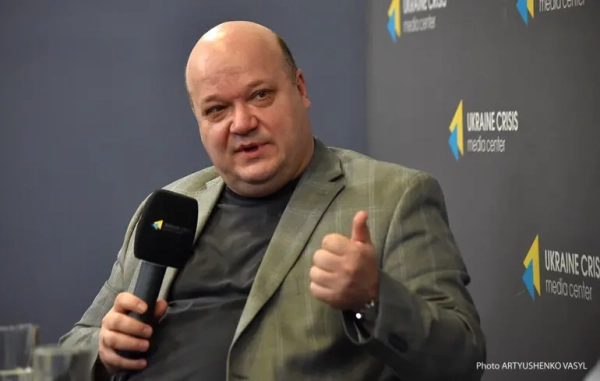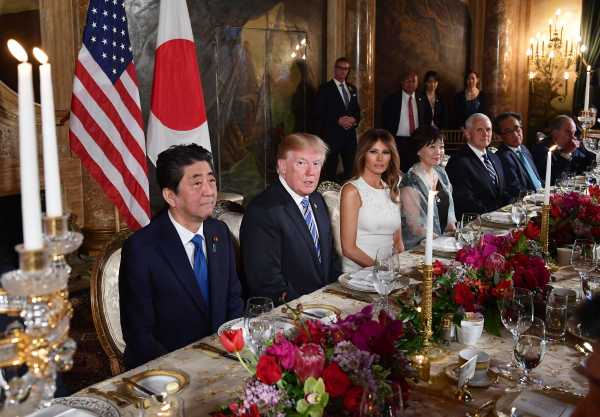
The Trump Organization just asked for permission to hire 61 foreign guest workers to cook and clean at Mar-a-Lago, the president’s private club in Palm Beach, Florida.
The club submitted the request last week — the day after the Fourth of July — to the Department of Labor, according to the agency’s records. The club asked to hire 40 foreign servers for $12.68 an hour, and 21 cooks for $13.31 an hour from October through May 2019. That’s five more servers and one more cook than the club requested last year.
The Trump administration’s first year and a half in office has been defined by efforts to curtail nearly every avenue of immigration into the United States (both legal and illegal) and to restrict visas available for temporary foreign workers. The H-2B visa program, which several Trump golf clubs use to hire workers, is the one visa program that Trump has expanded.
At the end of May, the Trump administration announced that it would provide an extra 15,000 H-2B visas (beyond the 66,000 annual cap) for businesses that needed to hire foreign workers through the summer. It did the same thing last year.
The H-2B visa program allows seasonal, non-agricultural employers — like hotels and ski resorts — to hire foreign workers when they can’t find American ones.
To get permission to hire workers under the H-2B program, Mar-a-Lago’s hiring managers will need to show that they were unable to find US workers to take the jobs. And if the Trump Organization’s past experience with the visa program is any indication of how this will play out, they will probably tell the Department of Labor that no Americans applied for the jobs they posted, or that maybe one or two did, but they were not qualified or were uninterested in seasonal jobs.
And the Department of Labor will probably grant Mar-a-Lago permission to hire all the workers, the same way it gives permission to most US businesses who go through the process.
One other Trump property has also asked for permission to hire foreign guest workers this year. Trump National Golf Club in Briarcliff Manor, New York, asked the labor department in March to hire four cooks and 10 servers for the summer season. The requests were approved a few weeks later.
The Trump Organization hired only one US worker for 144 open jobs
The Trump Organization has hired hundreds of foreign workers through the H-2B visa program in recent years to cook, clean, and serve patrons at Trump clubs in Florida and New York.
A Vox analysis of hiring records for seasonal workers at three Trump properties in New York and Florida revealed that only one out of 144 jobs went to a US worker from 2016 to the end of 2017. Foreign guest workers with H-2B visas got the rest.
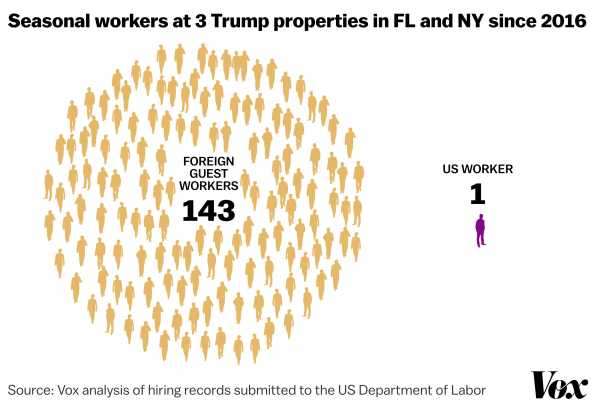
The H-2B visa program allows seasonal, non-agricultural employers — like hotels and ski resorts — to hire foreign workers when they can’t find American ones. These are exactly the kind of low-skilled workers that the Trump Organization hires to serve guests at its exclusive golf clubs.
Vox reviewed recruiting files submitted to the US Department of Labor for two Trump properties in Florida (including Mar-a-Lago) and one in New York from the start of 2016 through the end of 2017. In that period, hiring managers said they were able to find and hire only one qualified American worker — a cook — for 144 open positions for servers, cooks, housekeepers, and bartenders.
Under the H-2B program, employers must first try to hire American workers — or legal immigrants already in the United States — at reasonable wages for their openings. If they can’t find qualified US workers, then employers can ask the Department of Labor for permission to hire foreign guest workers on H-2B visas. Documents show that hiring managers at the Trump establishments made the minimum efforts required by law to recruit US workers.
While many businesses may truly struggle to find local workers and rely on foreign workers to fill slots, the hiring practices at Trump’s properties certainly are out of step with his “America First” rhetoric and policies.
“If the president says ‘hire American,’ then the president’s businesses should hire American,” said Bruce Morrison, a Democrat and former Congress member from Connecticut who helped write the Immigration Act of 1990, which placed limits on the H-2B visa program.
Mark Krikorian, executive director of the Center for Immigration Studies, which advocates for immigration restrictions, said he was “displeased” when Trump temporarily expanded the H-2B program in 2017. He said Mar-a-Lago is just using the program how other employers use it: as a way to avoid paying higher wages or offering more benefits to attract American workers.
“It’s a bullshit law written to ensure that employers don’t have to hire Americans,” said Krikorian, who normally applauds the president’s immigration agenda.
Mar-a-Lago hired dozens of foreign workers in 2017
Unemployment in the Miami area has been low in 2016 and 2017 (4.5 percent as of December 2017), and it’s harder for employers in South Florida to find workers now than a few years ago. But I spoke to several labor economists in the state in late 2017 who were nonetheless puzzled that hotels or clubs would have such a hard time finding any service workers to hire.
“It doesn’t make sense,” said Tobias Pfutze, an economics professor at Florida International University in Miami told me at the time. “I haven’t heard anything about there being a labor shortage. The service labor market here is very flexible.”
In August 2017 alone, Mar-a-Lago in Palm Beach (Trump’s “winter White House”) sought permission to hire 70 servers, housekeepers, and cooks for eight months starting in October, according to recruitment reports submitted to the Department of Labor. In the paperwork, the club’s hiring manager explained the reason the club needed to hire temporary workers:
Based on the paperwork submitted, the hiring manager fulfilled the minimum effort required by law to try to find American workers first: place an ad in the local newspaper for two days, notify past employees of the openings via US mail, and post the job notice in a visible place at the club for current employees to see. Employers are required to pay the average local wage for the advertised position. Mar-a-Lago offered $10.33 per hour for housekeepers, $13.43 for cooks, and $11.88 for servers (no tips).
After waiting the required month, the hiring manager at Mar-a-Lago reported that only seven US workers responded to the newspaper job ads, and that they were either unqualified, uninterested, or did not return calls.
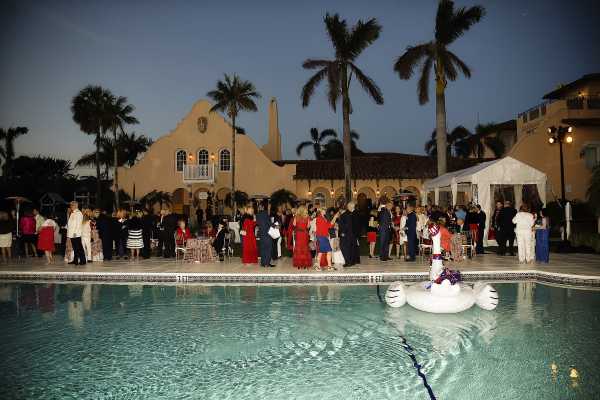
That was also the case with other Trump properties. In April 2017, the DOL allowed Trump National Golf Club in Briarcliff Manor, New York, to hire all eight of the H-2B servers that the club requested. The hiring manager said no US workers applied for the job.
In August that year, the DOL allowed Trump National Golf Club in Jupiter, Florida, to hire all 16 of the requested H-2B servers and cooks. Again, the hiring manager reported that no US workers applied for the job. In all, of the 12 US workers who did apply for some of the 144 positions advertised across the three properties from 2016 to mid-2017, only one was hired.
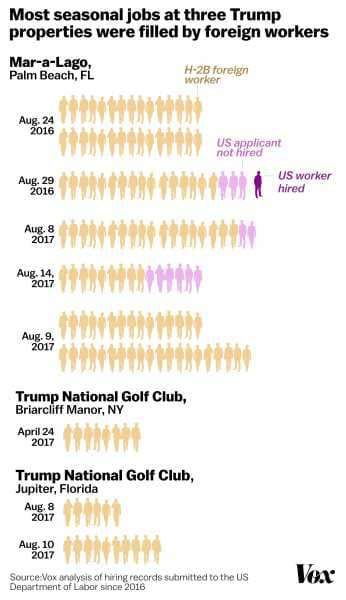
It’s unclear if the Department of Labor verifies such claims. A spokesperson for the agency told Vox he would inquire about the details of the process, but did not follow up. He did not respond to another request for information.
The Trump administration has expanded the H-2B program
In the past five years, a few of Trump’s golf clubs and resorts on the East Coast have relied heavily on hiring foreign workers to serve patrons during the summer months (in New York) and the winter months (in Florida). The H-2B database shows requests from Mar-a-Lago dating back to 2013. This practice has clearly not stopped since Trump became president.
In fact, the Trump administration temporarily expanded the H-2B program. In July 2017, the Department of Homeland Security raised the cap on H-2B visas for guest workers from 66,000 to 81,000 for fiscal year 2017. (Three days after DHS’s move, Trump’s properties asked for permission to hire 76 workers through the program.) The department lifted the cap again in May 2018.
The policy change was surprising. Trump has criticized other guest-worker programs for supposedly taking jobs away from Americans. He has resisted calls from the tech industry to expand the H-1B visa for high-skilled workers. He hasn’t increased visas in the H-2A program for seasonal farmworkers, even though the agriculture industry has lobbied for it. He even delayed the launch of a startup visa program that Obama created to help foreign tech entrepreneurs start businesses in the United States (though a federal judge in December ruled that the administration did not have legal standing to do so).
The Department of Homeland Security said at the time that the visa cap was lifted to help American companies “suffering irreparable harm” because they can’t find enough American workers to fill temporary jobs at hotels, ski resorts, and landscaping companies.
Controversy over the H-2B program
Congress created the H-2 guest-worker program in 1952 and then split it up into two separate programs in 1986: the H-2A visa for temporary farmworkers, and the H-2B visa for low-skilled workers in seasonal industries.
For years, few employers used the H-2B program, and applications rarely exceeded the 66,000 annual visa limit. By 2000, businesses had grown more comfortable with the process and competition for the visas grew more intense. Most of the workers brought to the United States on these temporary visas have few skills and come from poor countries. In 2014, most H-2B workers came from Mexico, with Jamaica and Guatemala sending many as well. Employers in Texas hired the most.
The H-2B program — like other guest-worker programs — has long drawn the ire of organized labor. Business groups, like the US Chamber of Commerce, have repeatedly told Congress that there aren’t enough Americans willing to take temporary jobs at amusement parks, ski resorts, and hotels.
But union leaders say that’s just not true, and they accuse companies of trying to save money on labor costs by exploiting cheap foreign workers at the expense of Americans.
The process of hiring an H-2B worker isn’t easy. First, an employer has to ask the Department of Labor to calculate the most common wage for that particular job in a particular location. After getting a response a few weeks later, employers have to send a work order to the state’s workforce agency, detailing the position the business is looking to fill, the qualifications required, and the prevailing wage.
The next required step is to advertise the job in a local newspaper and hire all qualified applicants. Once the Department of Labor gives an employer permission to bring in temporary workers, they have to apply for the workers’ H-2B visas through US Citizenship and Immigration Services. Potential workers then have to meet with staff from the US Department of State at the closest American consulate in their home countries. They must also pass a criminal background check.
The process is so cumbersome that many US businesses hire a staffing company to do the work for them. Trump properties usually hire the Petrina Group, an international staffing agency with offices in New York.
Despite the lengthy process, interest in hiring workers through this program has skyrocketed.
The Department of Labor says it’s swamped with applications from businesses that want to hire guest workers for the summer and fall. By January 1st, the department had already received more than 80,000 H-2B requests for the summer season, and by February 27th, the agency had reached the 66,000 annual visa limit.
The department will issue H-2B certifications on a first-come, first-served basis, though the ”overwhelming workload” this year delayed the entire process.
Sourse: vox.com
